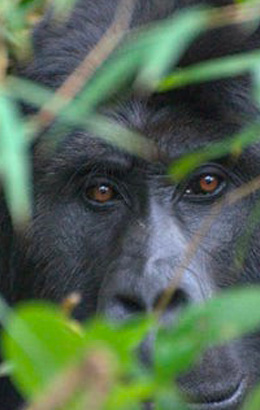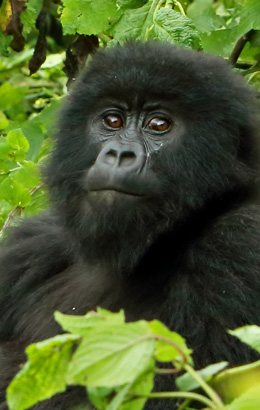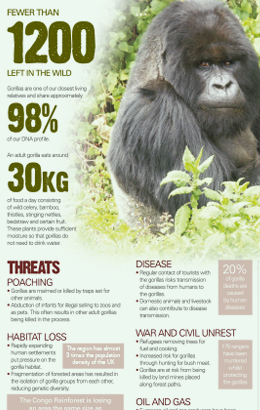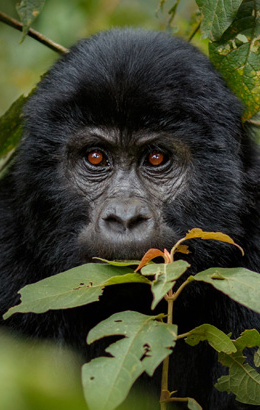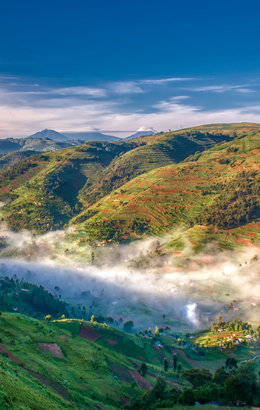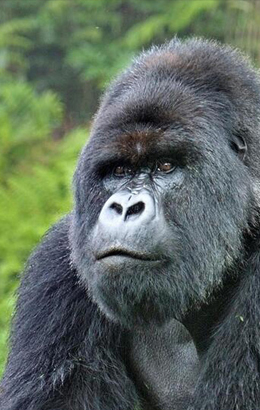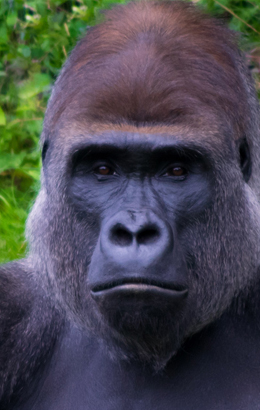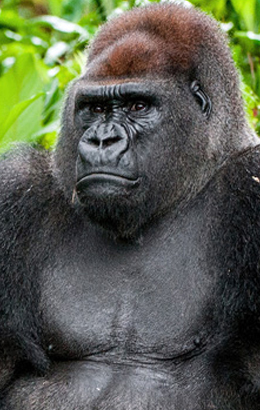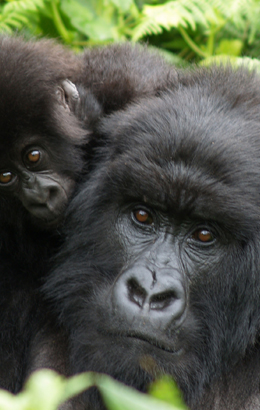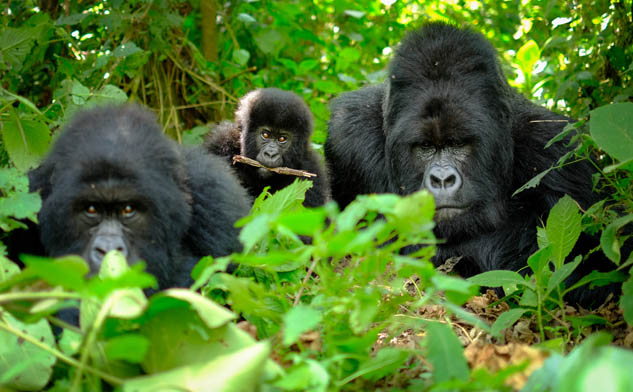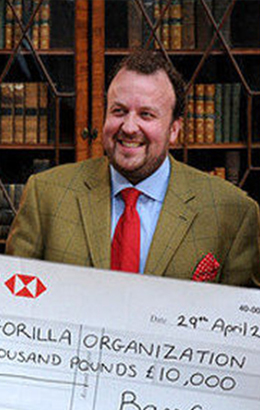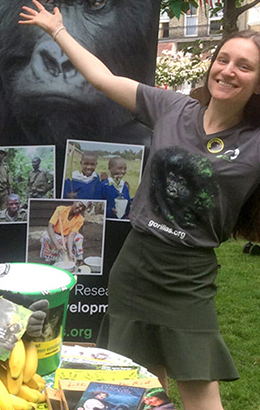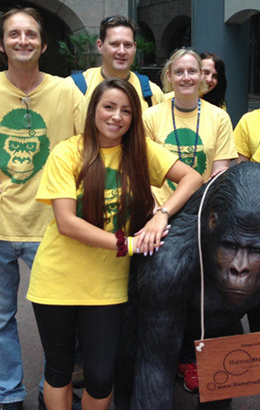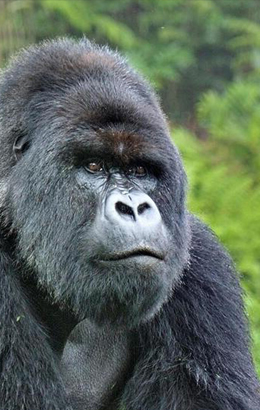The conflict in eastern Democratic Republic of Congo has shaped life in this region for decades. Armed groups have operated…
Mpox Threat in the DRC: A Rapid Response to Protect Gorillas
A surge in Mpox cases across the Democratic Republic of the Congo has triggered an urgent conservation response to protect the country’s critically endangered gorilla populations.
Mpox is a viral disease that can spread between humans and animals. While it typically causes fever, skin lesions and fatigue in people, it poses a far greater risk to great apes, whose close genetic similarity to humans leaves them highly vulnerable to outbreaks.
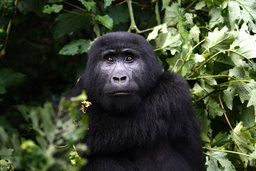
The Gorilla Organization has moved quickly to roll out protective measures in key habitats, as the virus, known to spread between humans and animals, continues to circulate. The DRC is home to three gorilla subspecies: the Grauer’s gorilla, the mountain gorilla, and the western lowland gorilla. All are under threat, and their close genetic relationship to humans makes them especially vulnerable to outbreaks like this one.
By late 2024, Mpox had spread across multiple provinces in the DRC. At the same time, growing instability in the east of the country made response efforts more difficult. On 31 January, the rebel group M23 took control of the city of Goma, where The Gorilla Organization’s regional office is based. The conflict has displaced thousands of people and created conditions that have accelerated the virus’s spread.
Despite these obstacles, field teams have remained operational. In a crucial step, rapid antigen test kits for Mpox were delivered to ranger stations. Rangers now test themselves before entering the forest. Those who test positive are referred for treatment, helping prevent any risk of passing the virus on to the animals they protect.
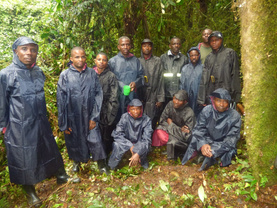
To reduce outside exposure, rangers have also been equipped with long-term supplies such as food, medical kits, and protective clothing, allowing them to remain in remote areas for extended periods without returning to high-risk zones.
So far, there have been no reported Mpox cases among gorilla populations, and the early signs are encouraging. But with the virus still circulating and the security situation unstable, The Gorilla Organization is maintaining a high level of vigilance.
Monitoring continues across key gorilla habitats, and community engagement efforts are being expanded to raise awareness of disease risks. While the immediate threat has been contained, the coming months remain critical.
This work would not be possible without the support of donors. Every contribution has helped protect gorillas on the ground and strengthen our ability to respond in moments of crisis. With continued support, we aim to keep these efforts going and keep gorillas safe.
Make a difference – help today!
More News
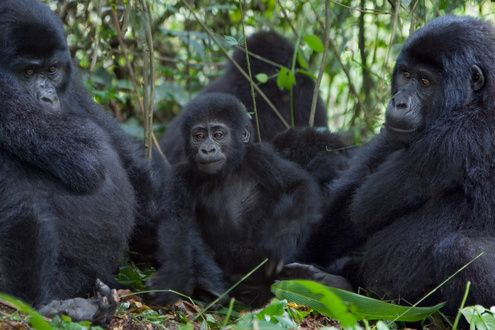
Why the conflict in eastern DRC is so dangerous for gorillas
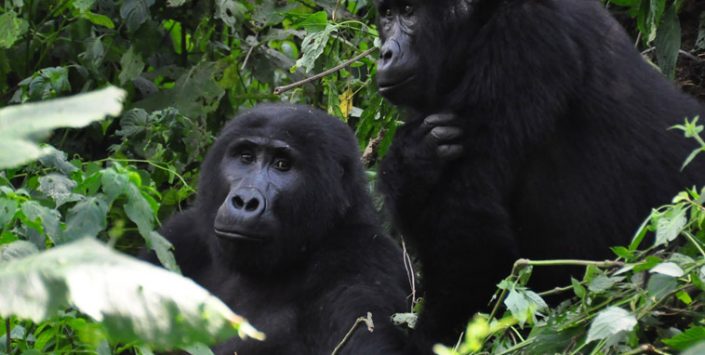
Gorillas stay stable, but remain “Critically-Endangered”
Despite the recent and ongoing insecurity in eastern DR Congo, the status of gorillas in the wild remains largely stable.…

Remembering Jane Goodall – a true friend of the gorillas
Dr Jane Goodall, the visionary primatologist and tireless environmental campaigner, has died at the age of 91. Her groundbreaking work…
